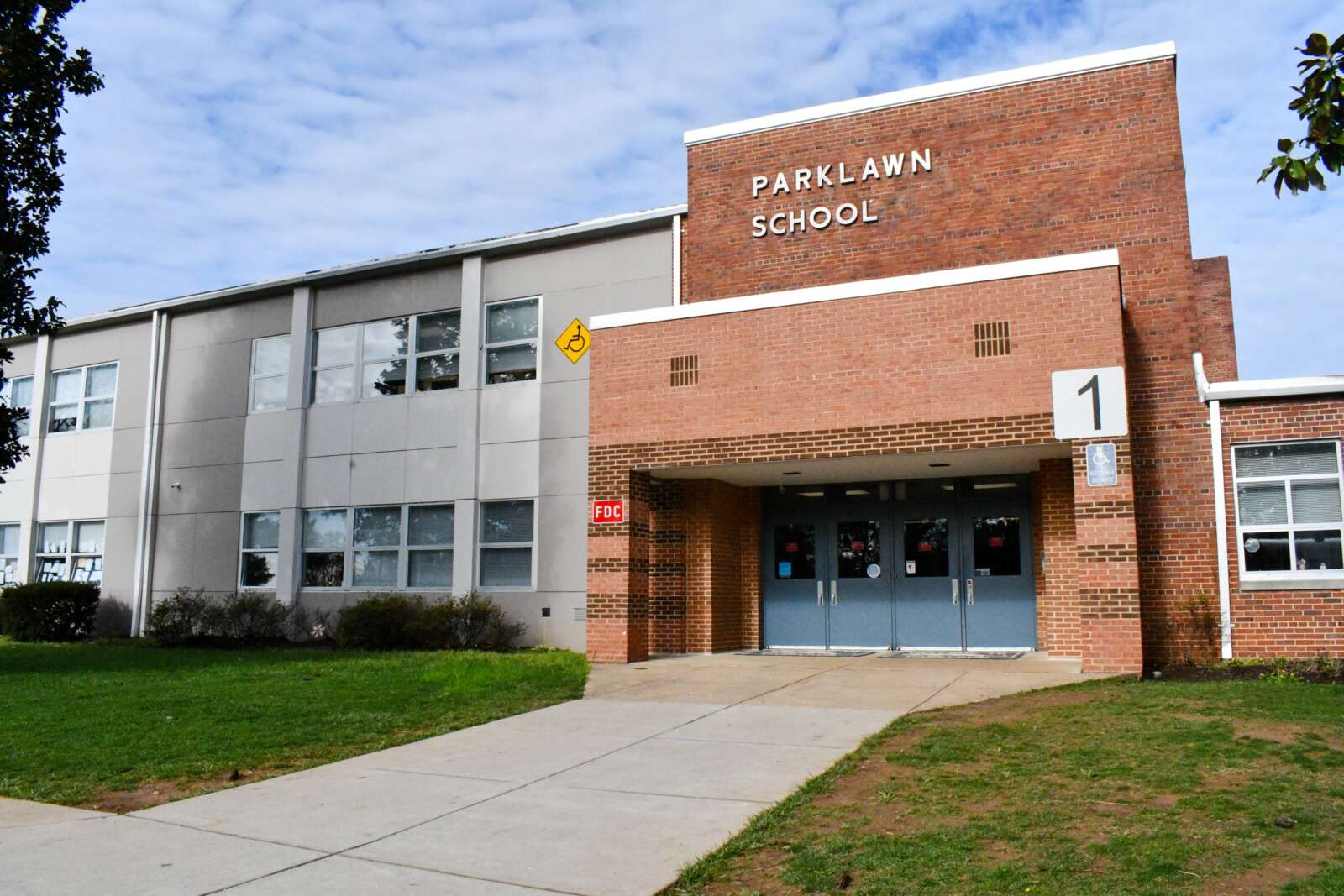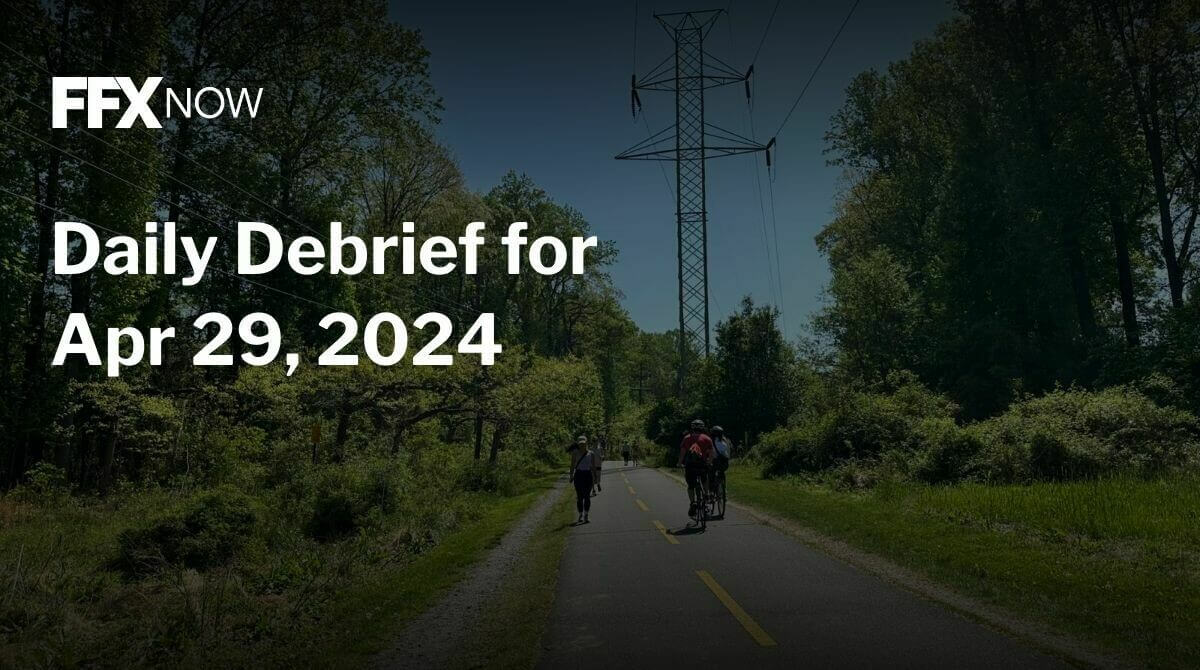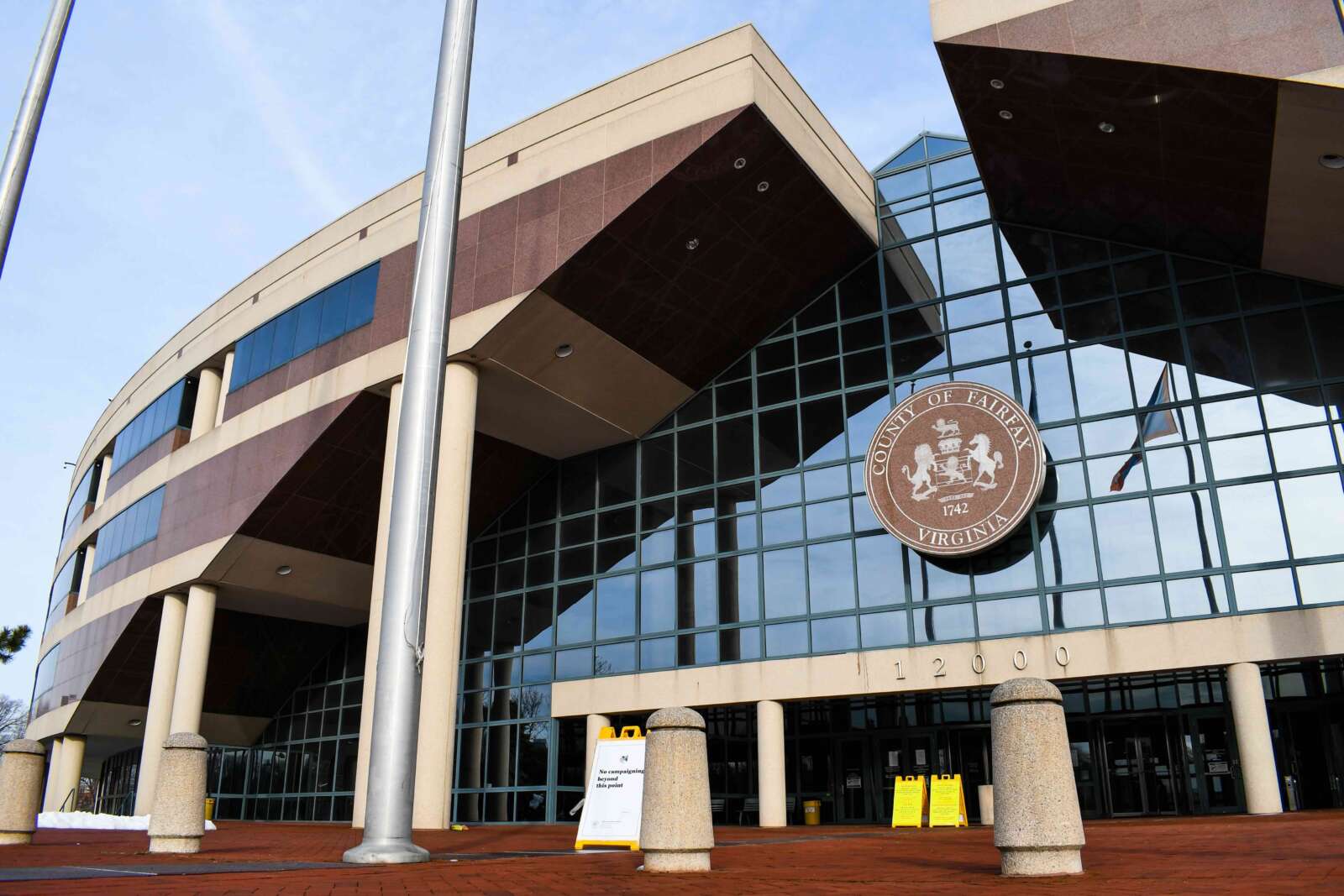
Several Fairfax County School Board members are working to revise the division’s boundary adjustment policy, which they believe is key to addressing the school system’s overcrowding issue.
Although there is agreement that a new policy is needed, some members are cautious about the timing and methods of its implementation.
School board members call for change
Over the past few months, Fairfax County School Board members have engaged in several heated debates about adjusting boundaries for key schools across the county that are either currently facing or projected to face severe overcrowding within the next three to four years.
In February, the School Board approved boundary adjustments for Parklawn and Coates Elementary Schools, which are experiencing some of the worst overcrowding in the district, according to facilities staff.
During that same meeting, however, several elected officials, including At-Large Member Kyle McDaniel, stressed that this would be the last time they supported a one-off boundary adjustment and called for a comprehensive overhaul of the school system’s decades-old boundary policy.
“I don’t like these one-off things because this is like traffic light timing,” McDaniel told FFXnow following the school board’s February meeting. “If you time one traffic light differently, it’s going to affect the surrounding traffic lights. If you change one school boundary, it is going to change every school around it.”
Reaffirming their earlier commitment, many members, including McDaniel, voted the following month against Mason District Representative Ricardy Anderson’s motion to advance the next phase of a boundary adjustment for Glasgow Middle School—a proposal initiated in 2023 before the new school board took office.
Anderson’s colleagues argued that it would only be fair to evaluate Glasgow alongside all other schools requiring boundary adjustments simultaneously after adopting a new policy.
Too many students, not enough space
While the school system’s student population is anticipated to stay relatively stable for the next five years, staff project the county’s population could grow by nearly 400,000 people by 2050, potentially adding significant strain on local schools.
Since 2019, the student population has decreased from more than 188,000 to roughly 180,000. Still, more than two dozen elementary and nine high schools are facing or projected to face moderate to severe overcrowding.
Elementary schools in the most critical condition (over 115% capacity) include Wakefield Forest, Coates, Kent Gardens, and Pine Springs. On the high school side, Justice and Chantilly are facing a “substantial capacity deficit,” per the school system’s Capital Improvement Program report for fiscal years 2025-2029.
For years, the school division has attempted to alleviate overcrowding by adding modular classrooms (trailers), renovating old school buildings and constructing new ones.
More recently, the school board has invested millions in renovations for more than a dozen elementary schools, such as Herndon and Mosaic, with funding still needed for another eight schools.
And while these renovations will be crucial to alleviating its capacity problems in the future, McDaniel notes that the division is running out of space to build new schools and modular classrooms.
“We just can’t build the school fast enough,” he said. “We cannot keep up with the growth of the enrollment.”
McDaniel also pointed out that construction could take years, during which the overcrowding issue may worsen.
Instead, McDaniel and other governance committee members are working to develop a new boundary adjustment policy that will address school capacity issues on a more accelerated timeline.
“I’m working on a four-year timeline,” he said. “I want this wrapped up and done within the next 24 to 36 months.”
Drawing new lines
One major problem McDaniel and other school board members hope to address is students commuting to overcrowded schools far from their homes while bypassing closer schools that are under-capacity.
“We have an elementary school like Coates that’s pushing 176% projected capacity, and you have other elementary schools nearby that are under 100% capacity; that defies logic,” he said.
McDaniel highlighted that the boundary adjustment policy has not been significantly updated for decades, which has prevented thorough, regular reviews of school boundaries. Consequently, school board members have made adjustments piecemeal, which McDaniel claims has inadvertently caused some schools facing capacity problems to be overlooked.
“I kind of look at this through the lens of redistricting political subdivisions,” he said. “I don’t want the politicians doing that. I want data-driven decision making, and I want our expert boundary and facilities staff out doing this.”
“Because what that does is if you remove the political if you remove the politics from it, it means that every school gets treated fairly through the same process,” McDaniel continued.
To address this issue, McDaniel says the committee intends to include a requirement in the new policy mandating that the board review boundary lines across the division every few years.
According to McDaniel, the committee has not yet drafted any concrete proposals and plans to discuss some high-level ideas at its meeting today (April 15).
“I would anticipate out of that meeting, there will emerge a relatively comprehensive framework,” he said. “Not like a whole set-in-stone proposal, but at least a framework.”
The governance committee aims to recommend a new boundary adjustment policy to the board in May, with the potential adoption of the proposal slated for June or July.
Tensions of timeline
Virtually all school board members, including Anderson, have said in past school board meetings they support revising the boundary adjustment policy. However, Anderson pushed back against McDaniel’s proposed timeline, arguing that a one to two-year timeframe is “unrealistic.”
“I don’t think it could be accomplished in two years given what I know about our parents and our communities, because each will want to have in-depth discussions regarding how does this impact them,” she told FFXnow.
Anderson agrees that revising the boundary adjustment policy is likely to help alleviate the burden on schools experiencing overcrowding. Still, she is holding out to see what her colleagues propose before committing to any particular timeline for implementation.
“I don’t think we should tie our hands,” she said. “We have to realize that while we want to have comprehensive structures in place, we still need to give ourselves the opportunity to be nimble. We have to be responsive to what’s going on in front of us.”
McDaniel emphasized that the committee’s recommendations would be implemented collectively and within a “reasonable timeframe” to prevent sudden disruptions to students and their families.
That said, the at-large representative noted that if the superintendent’s office can develop a feasible strategy for implementation by the 2025-2026 school year, he sees no reason not to proceed with the plan.
“If the superintendent comes back and says, ‘Well guys, it’s actually going to take more like 18 months to recommend lines,’ then obviously, we have to wait and that’s fine,” McDaniel said.
“But if the superintendent comes back within a reasonable amount of time to implement by the 2025-2026 school year, I see no reason not to proceed because… the worst outcome… is keeping kids crammed into classrooms,” he continued.
Recent Stories

Good news, D.C. area. You can save money on your next home cleaning with Well-Paid Maids. It’s easy!
We offer a discount when you set up recurring cleans — and the discounts just increased this week!
For weekly cleans, get $30 off each cleaning.

Potomac Harmony is Back! Following a gap year of competing, then virtual rehearsals during the pandemic, followed by the well-earned retirement of our long-term director, a year of a director search, Potomac Harmony hit the regional contest stage in Concord, North Carolina in March for the first time since 2018! It was exhilarating, reaffirming, and rewarding!
The chorus hit all of its goals, the biggest of which was to have fun and sing our best on contest stage — we did both! Because we earned a score over 400 points, our new Director, Allison Lynskey, was awarded the Novice Director award, photo above. Additionally, one of our charter members, Jackie Bottash, was nominated for and honored with the Leadership Excellence award. It was a celebratory weekend!
What’s next? So much! We now look forward to upcoming performances, growing our membership, and expanding our musical product with new arrangements and an education component each week. It’s an exciting time to be part of this ever-growing ensemble!
Pedal with Petals Family Bike Ride
Join us on Saturday, May 11th and ride into spring during our Pedal with Petals Family Bike Ride. Back for its second year, Pedal with Petals is going to be bigger than ever. This year’s event will include both an
Encore Creativity for Older Adults at Capital One Hall
Encore Creativity for Older Adults is pleased to raise the curtain and welcome community members to its spring concert at Capital One Hall in Tysons, VA on May 4, 2024. The concert, which starts at 3 PM, will bring hundreds







